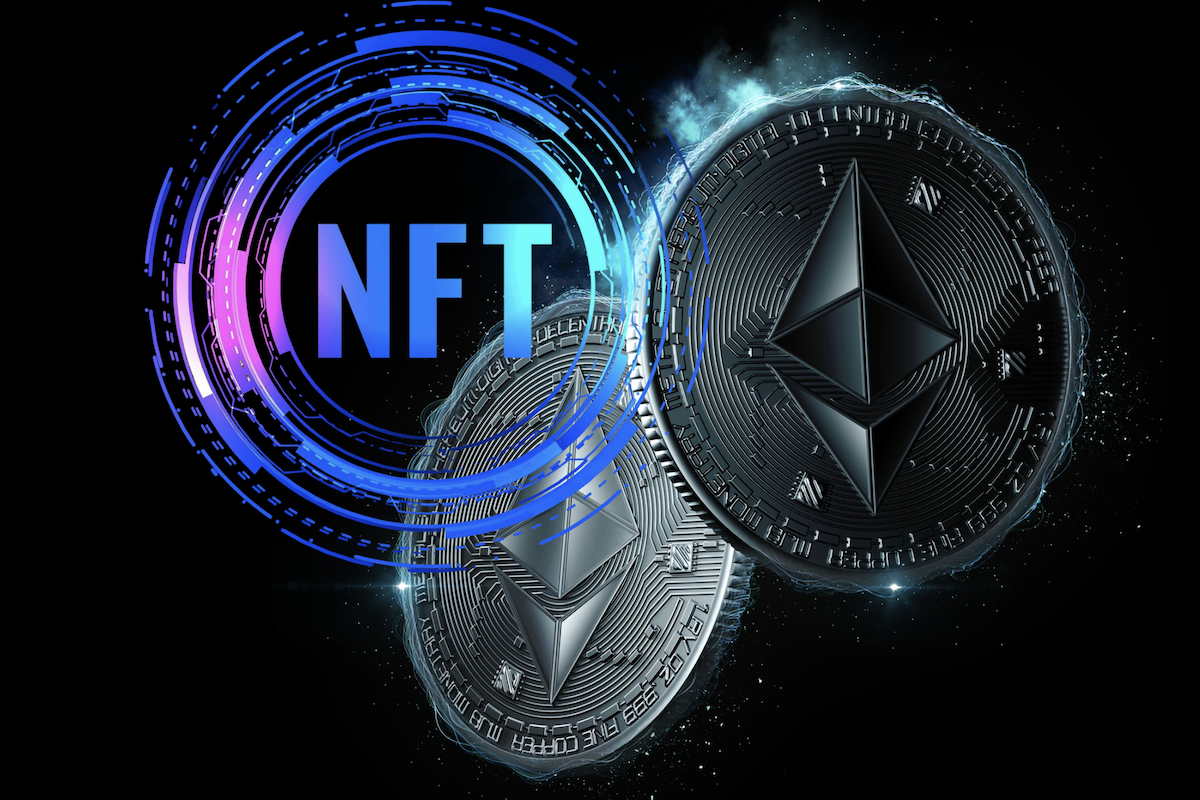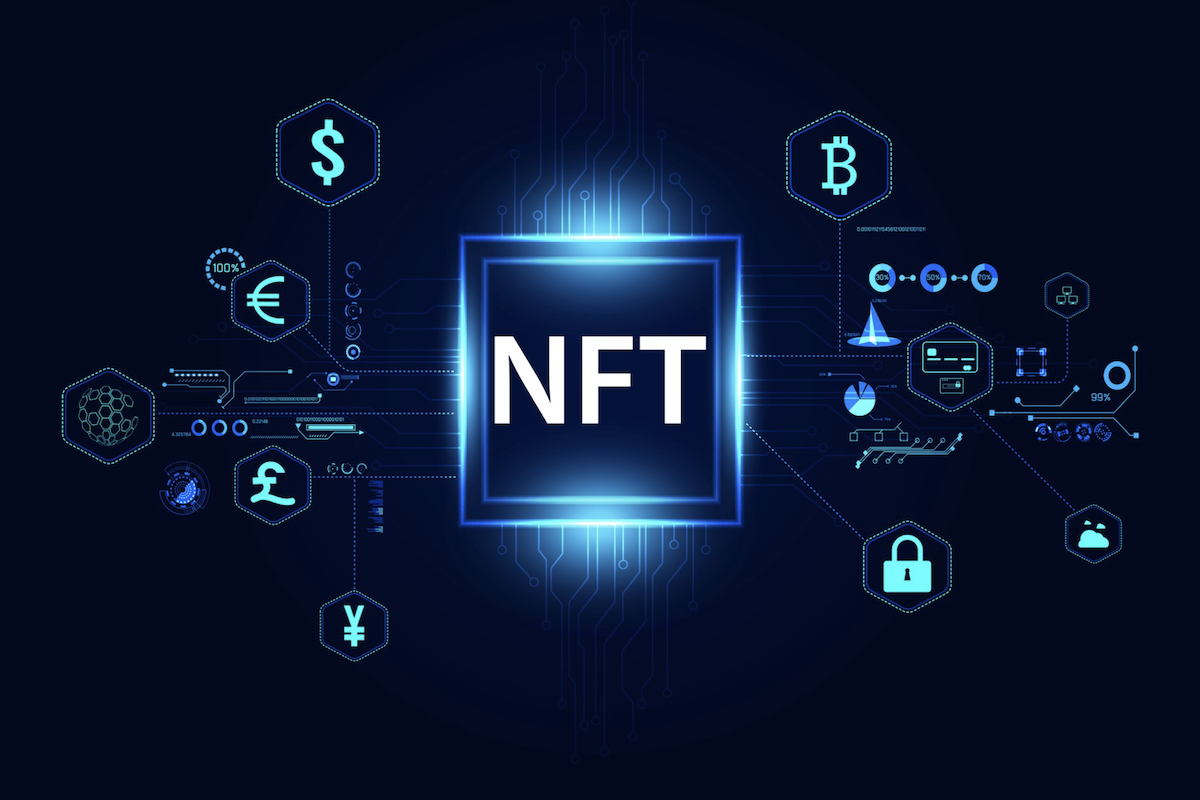Many Artists and Musicians Using Composable NFTs
Composable NFTs allow you to add extra layers of utility to your favorite digital art or music.

Every day we see more and more industries, gaming companies, musicians and artists exploring ways to engage their customers and fans using the emerging Web3 technologies. Foremost among these is NFTs and especially composable NFTs.
Gone are the days when collectors were happy with a jpeg image. As the space grows, these collectors are looking for more. They want other utilities around the NFTs they purchase. This is where the emergence of composable NFTs take centre stage and heralds another step in the march of NFTs. So how did we get to this stage?
Early days of NFTs
Kevin McCoy takes the honor as the creator of the World’s first ever NFT art, Quantum. He minted his artwork using the Namecoin blockchain on May 3rd, 2014.

The next notable event in the evolution of NFTs came in 2016 with the Counter Party platform. They partnered with Force of Will to create a trading card game on the blockchain. Later in the year, the Rare Pepe meme started to be traded on the Ethereum blockchain.
This was followed up in 2017, when John Watkinson and Matt Hall, the creators of Larva Labs, created CryptoPunks, a set of 10,000 unique computer-generated characters.
Then came 2018 to 2021 and the explosion in NFT adoption. As the pace of adoption increased, so did the competition. Enthusiasts became more discerning in their behavior. They were no longer happy with cute digital assets; they wanted more utilities from them.
One way for projects, musicians, and artists to get more from their collectible is to use composable NFTs.
What are composable NFTs?
Composable NFTs allow artists, musicians, and collectors to embed extra utility within their NFTs. The ERC-998 standard is used to create the NFTs. The standard permits the further embedding ERC20 and ERC721 tokens within the original token.
Artists and musicians can add further ECR20 tokens within the original work, creating layers of value within the asset and growing different narratives within the initial artwork or song. Social tokens for fans can also be added as utility, as creators build a social network around their works.
Moreover, collectors also benefit from the composability aspect. They can personalize the NFT further by embedding other NFTs, social tokens or even crypto within the work, allowing them to sell their NFT as a bundle.
Some NFT platforms already offer component NFTs, with KnownOrigin being one of the first to adopt them.
https://www.youtube.com/watch?v=aWHAREjrkfcComposable NFTs in Gaming
Component NFTs are not exclusive to artists and musicians. Some blockchain games are beginning to incorporate these NFTs in their games, rather than a blind drop.
Most NFT drops for play-to-earn games use an RGN method when minting. This often leaves the owner of the new NFT with traits they did not want.
This situation is detrimental to the adoption of NFT games, with players having to return to the secondary market searching for NFTs with the traits they want.
Composable NFTs end this. They allow owners to attach or detach traits to their collectibles, enabling many combinations.
NFT Canvas on the Solana blockchain is one company that offers this solution. The team behind Plutonians created the technology and incorporate it into their interstellar game.
Afterthoughts
The NFT space is evolving daily, with some additions making more of an overall contribution than others. The composable NFT is one innovation that will have a lasting effect on the Web3 revolution.





